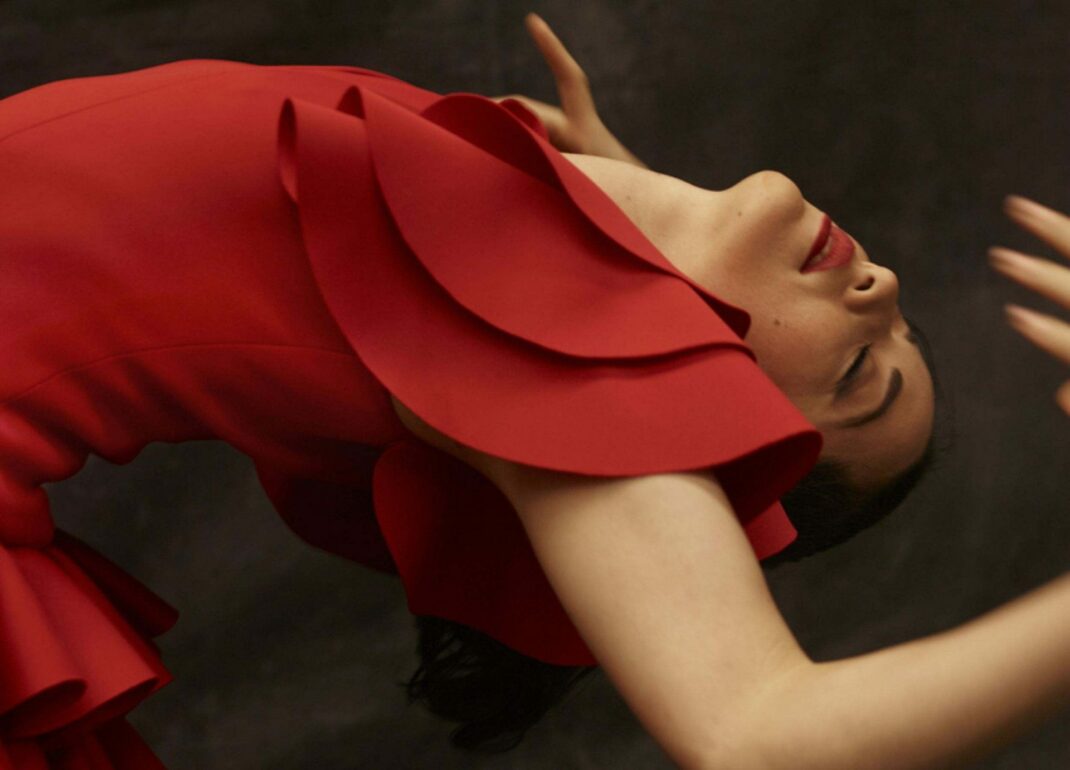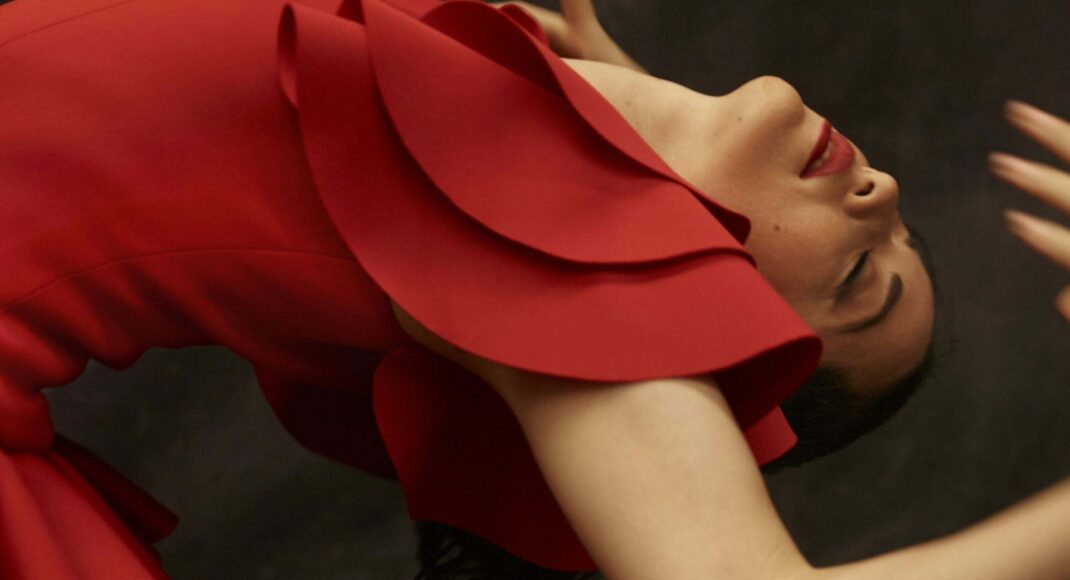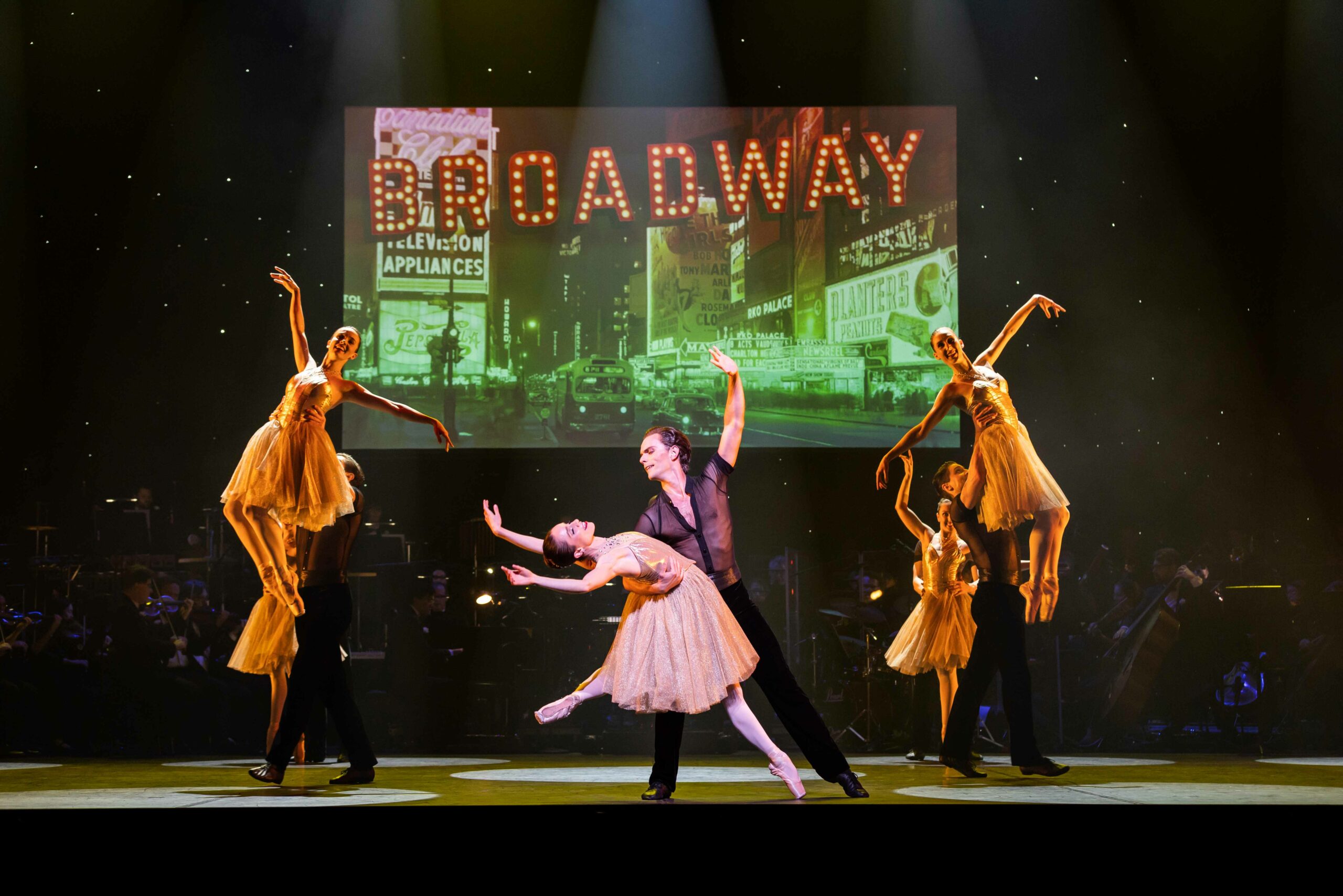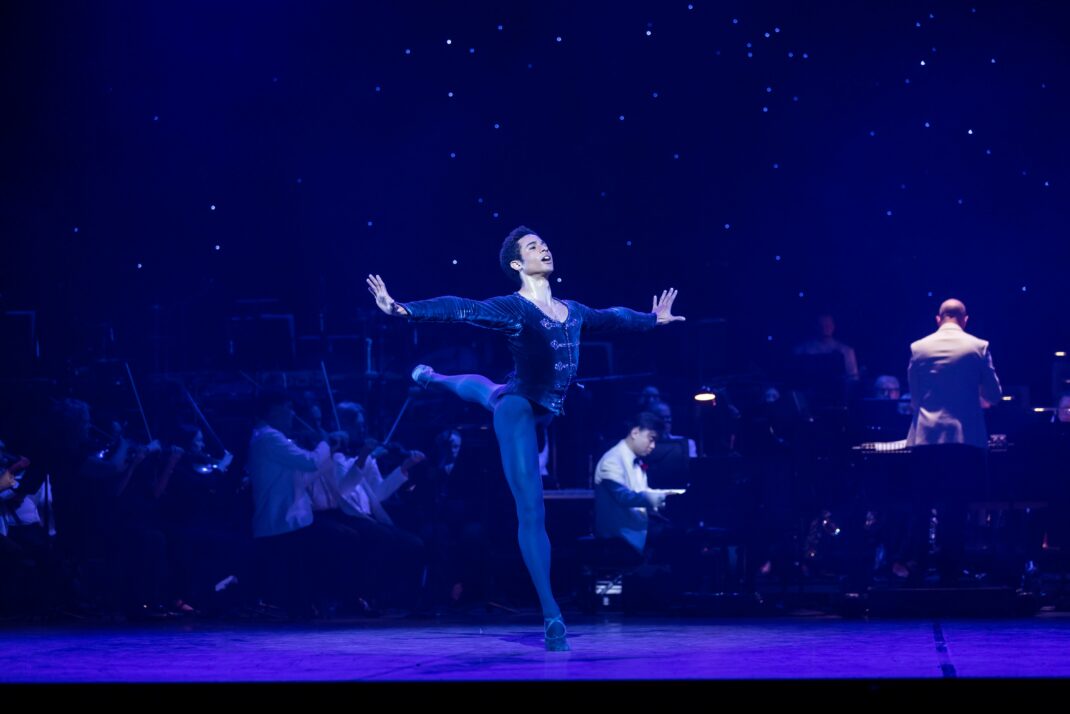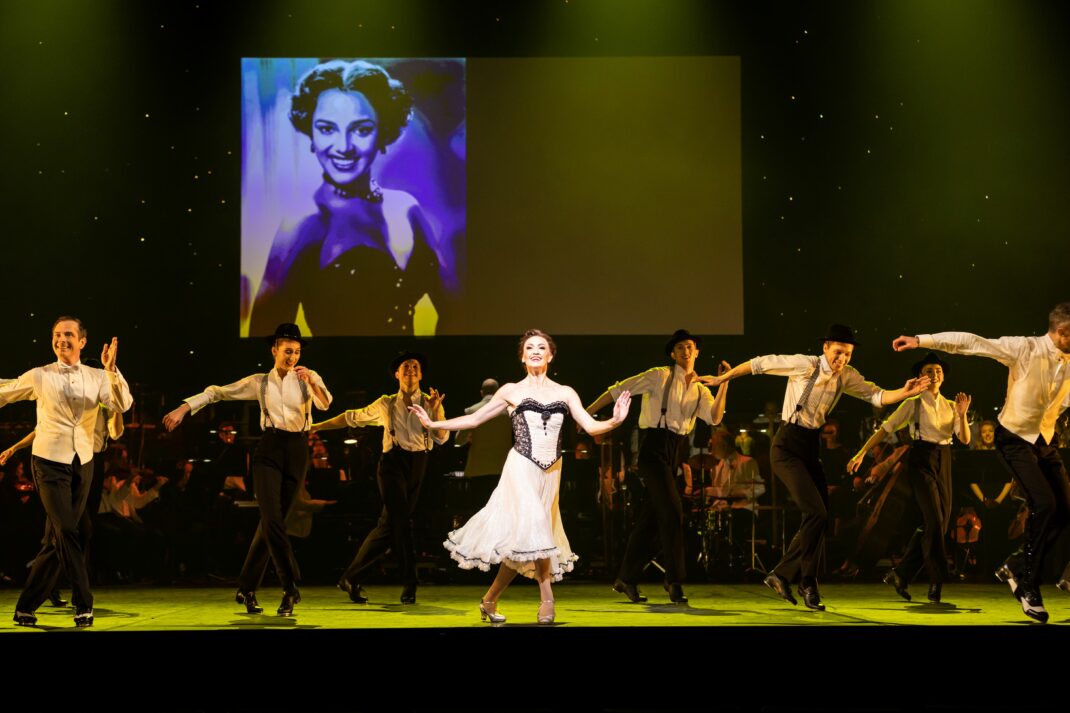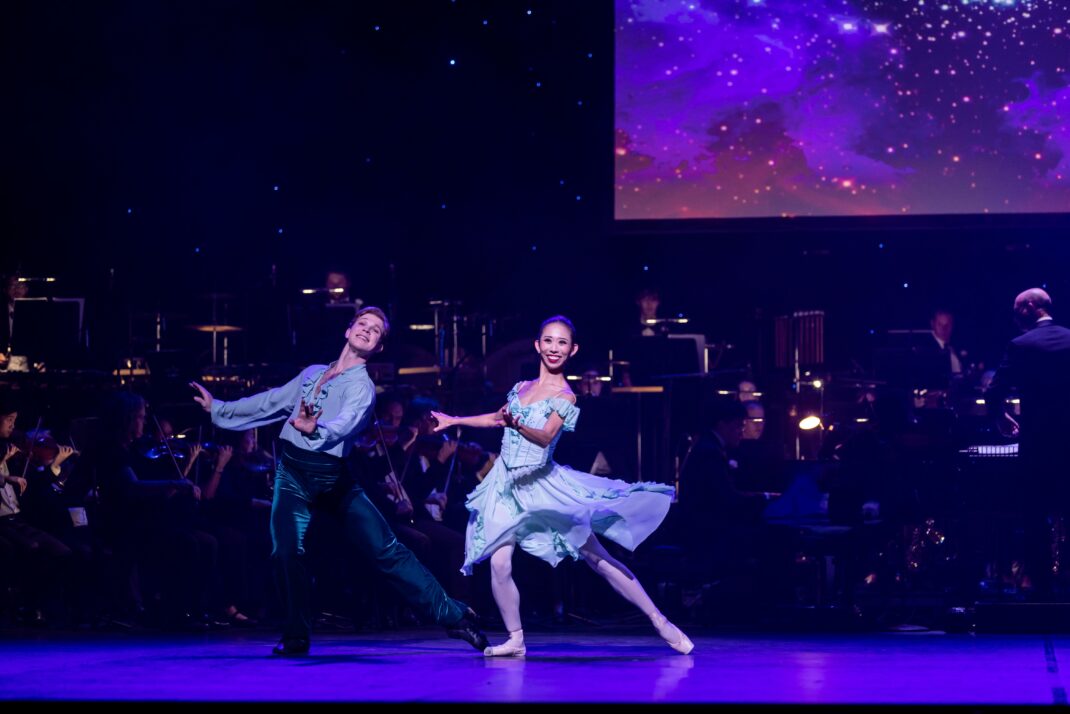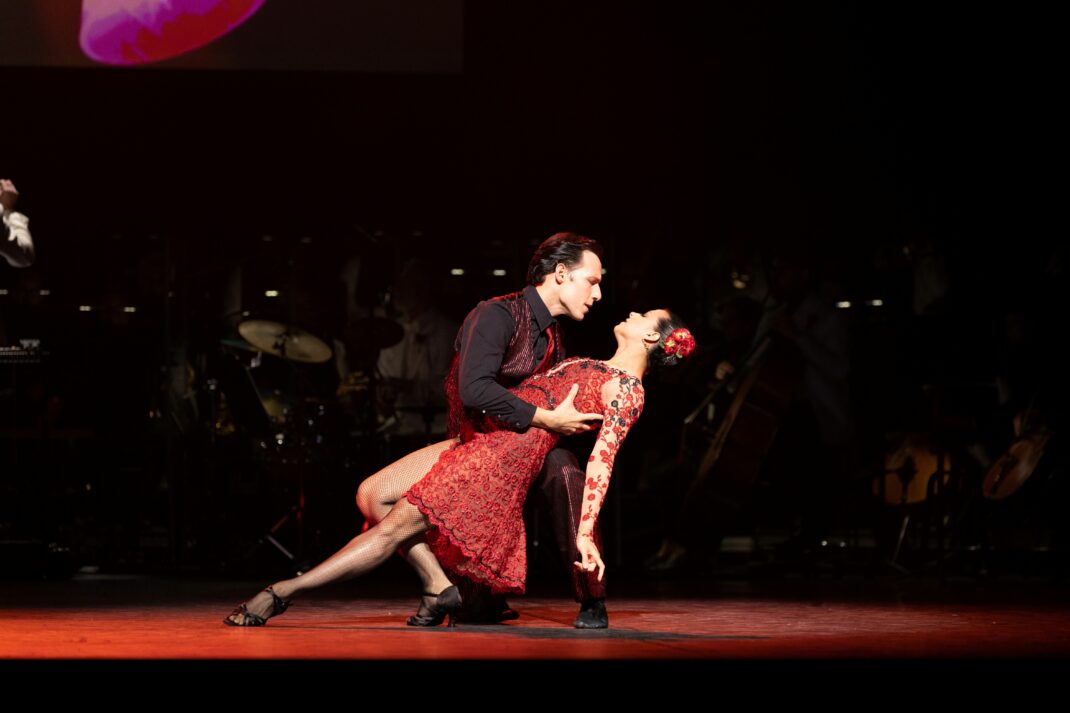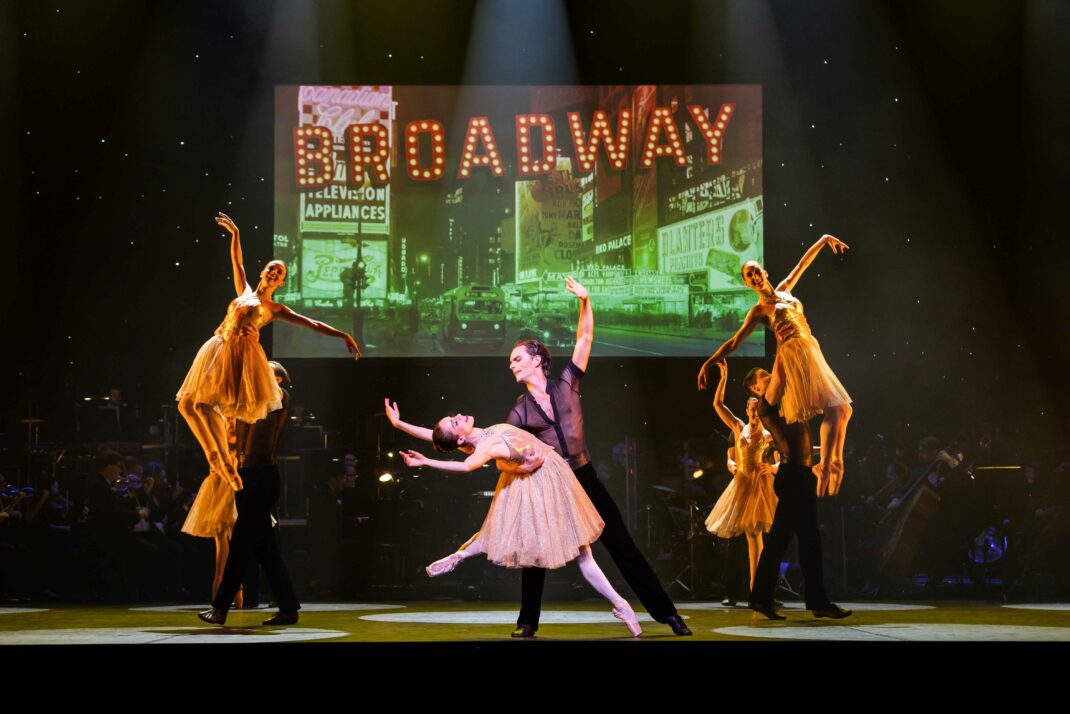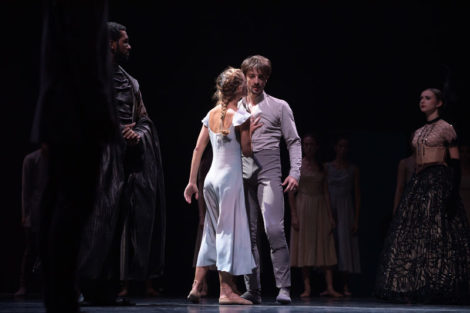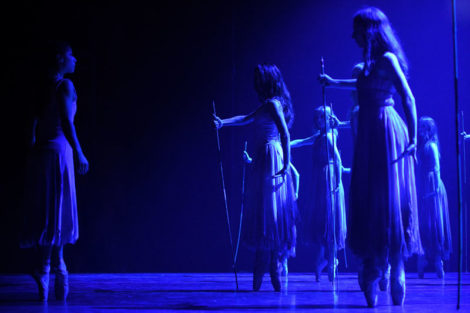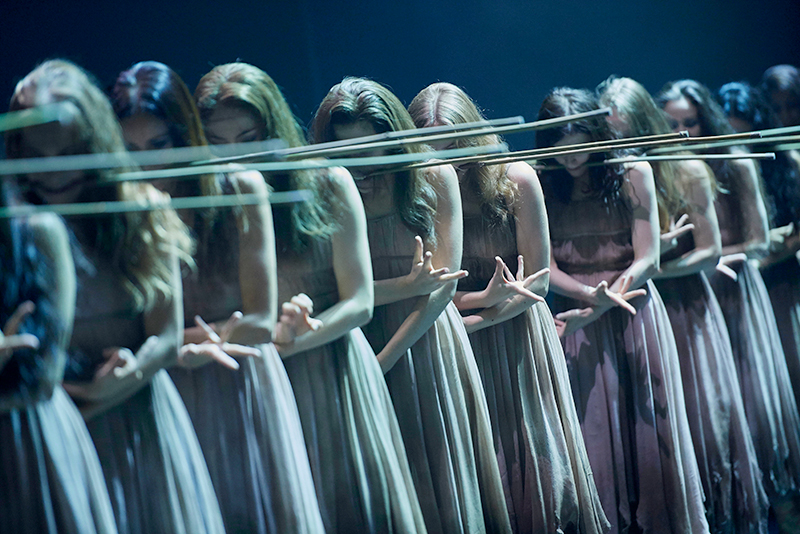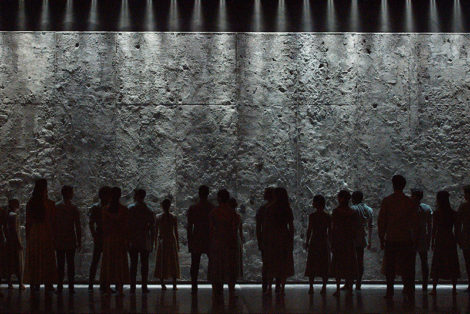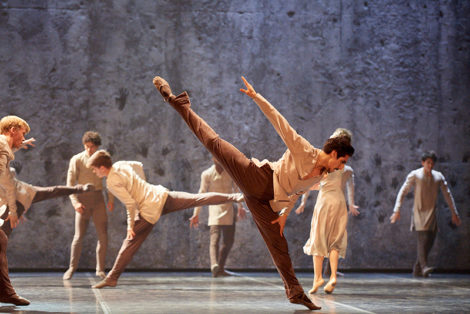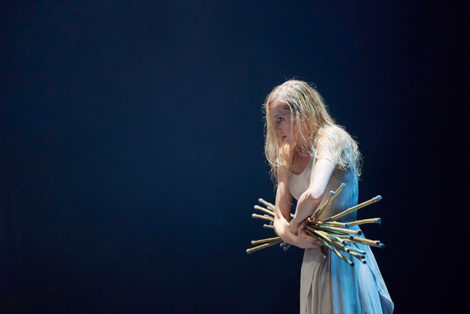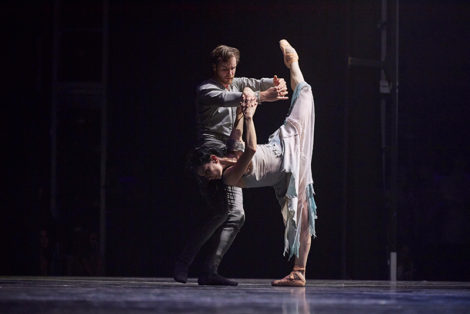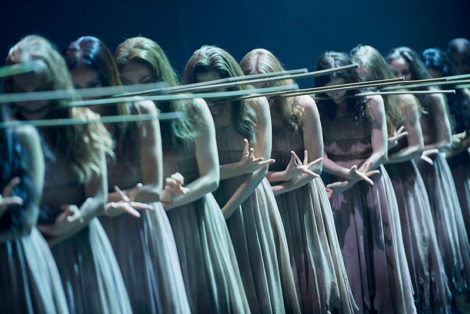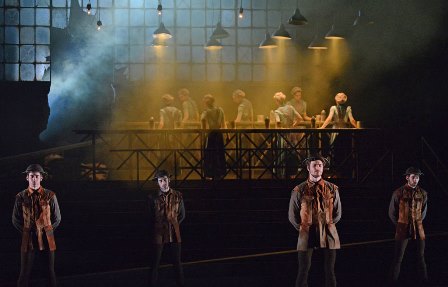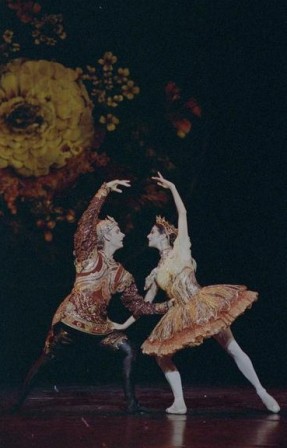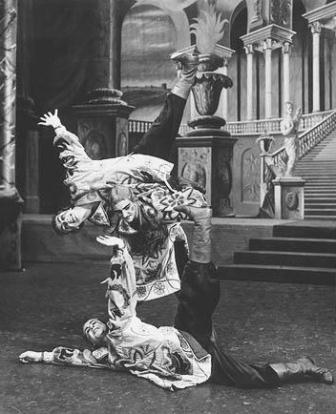- Johan Inger’s Carmen
Coming in April from the Australian Ballet is a production of Carmen by Swedish choreographer Johan Inger. Recent discussions about the background to the work, which was first created in Madrid in 2015, always mention the appearance of a child as a character in the work. One British reviewer has written that the child ‘represents the wider fall out of abuse’. This Carmen, apparently, is dramatically sexual and has a focus on violence towards women. It is described by the same reviewer as ‘uncomfortable to watch’, although she admits that those words are not a reason to stay away from the show!
The work is set to Rodion Shchedrin’s 1967 Carmen Suite, an adaptation of Georges Bizet’s score for the opera Carmen. The Shchedrin score is also frequently mentioned in reviews, especially for its use of percussion instruments. But what especially struck home to me was that Shchedrin’s wife was the acclaimed ballerina Maya Plisetskaya. The score was written for her when she was preparing to dance a version of Carmen choreographed for her (at her request) by Alberto Alonso. The story of the creation of the score appears as a whole chapter in I, Maya Plisetskaya, Plisetskaya’s autobiography published in 2001 by Yale University Press.
It is worth noting too that the same score was used by Natalie Weir for her exceptional work Carmen Sweet, made in 2015 for her Brisbane-based Expressions Dance Company (now no longer in existence).
In the brief clip below, Inger talks about his Carmen, while behind him a rehearsal for a section of the production takes place in London. In addition to Inger’s words, the clip is interesting from the point of view of the choreography, which is classically based to a certain extent, but which has a powerful contemporary feel/look to it. Some dancers from the Australian Ballet also appear in the rehearsal, which was basically for English National Ballet’s performances, which began in February 2024 at Sadler’s Wells.
The Australian Ballet’s production of Inger’s Carmen plays in Sydney 10–24 April.
- On dramaturgy
I recently received a private comment on my review for Canberra City News of Catapult’s show Awkward. The comment included the suggestion that the show might have been stronger had a dramaturg been employed to develop a more focused approach. Well, I couldn’t agree more. Even if a dramaturg might not always do a stellar job (as was also suggested in the comment), it’s worth making the effort. One of the most remarkable shows I have seen over the past several years has been Liz Lea’s production, RED. Lea employed Brian Lucas as dramaturg for the show and, while the content of RED was highly complex, it ended up being a brilliantly focused production.
A slightly expanded version of my City News review of Awkward is at this link.
- Press for March 2024
‘Awkward performance dances on too long.’ City News (Canberra), 28 March 2024. Online at this link.
Michelle Potter, 31 March 2024
Featured image: Jill Ogai of the Australian Ballet in a study for Johan Inger’s Carmen. Photo: © Simon Eeles
